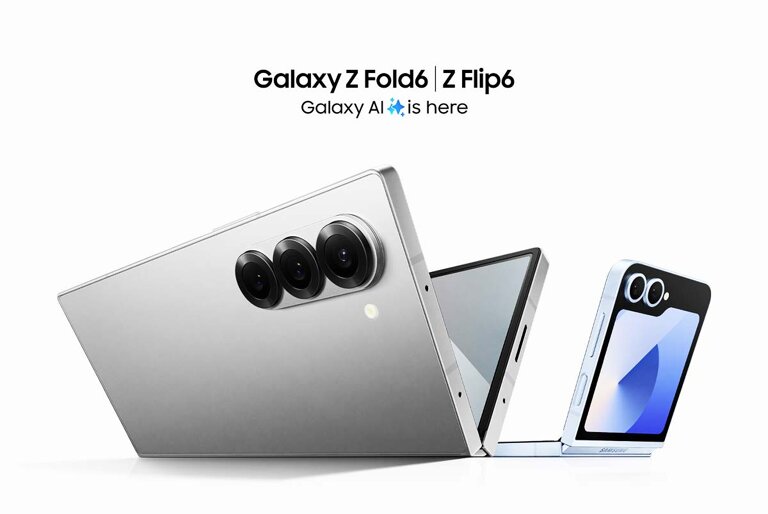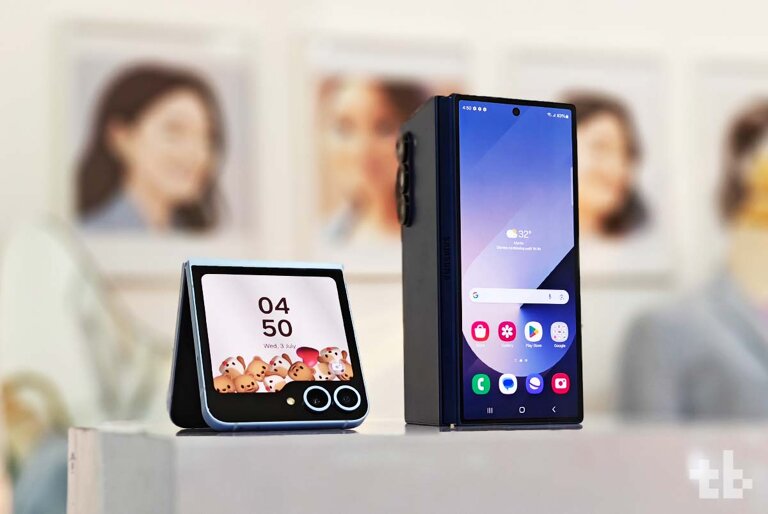Specs comparison between two flagship smartphones for the holiday season: the Huawei Mate 10 and the Samsung Galaxy S8.

Huawei Mate 10 and Samsung Galaxy S8
Here’s a quick specs comparison between two popular flagships, the Huawei Mate 10 and the Samsung Galaxy S8. This is not meant to show which one is the better phone, but rather highlight what each have to offer, relative to each other, their price range, and flagship status.
Also Read:
- Huawei Mate 10 Unboxing and First Impressions
- Specs Comparison: OPPO F5 and Huawei Nova 2i
- Samsung Galaxy S8 and Galaxy S8+ officially launches in the Philippines
Display
Let’s start with the most important part of a smartphone, the display. The Huawei Mate 10 comes with a 5.9-inch FullView IPS display, while the Samsung Galaxy S8 comes with a 5.8-inch Super AMOLED Infinity display. Both offer roughly the same resolution, and both have small bezels, but the Galaxy S8 boasts a sexy dual edge display that tapers to the sides.
At this point, there is no denying that the Galaxy S8’s Super AMOLED display is widely considered the best in this price range. It features crisp, super saturated colors and deep blacks. In contrast, the Mate 10 uses IPS technology. Its still great, but not as good an OLED panel. But that being said, it’s still one of the best displays I’ve seen.
Another thing I’d like to point out is the aspect ratio of the screens. The S8 uses an 18.5:9 aspect ratio, while the Mate 10 in 16:9. The former makes the phone slimmer and sleek. The latter is great for watching movies and streaming videos.
Processor
Both devices are powered by homegrown SoC’s, with the Mate 10 and its octa-core HiSilicon Kirin 970 processor, and the Galaxy S8 on an octa-core Exynos 8895 processor. At this level, its no surprise that both are powerful enough for most, if not all, tasks, scoring upwards of 173,000+++ points in AnTuTu Benchmark.
One thing you need to know about the Kirin 970 though is that it is the company’s first AI-enhanced SoC. It features a dedicated Neural Processing Unit (NPU) designed to drastically reduce the phone’s performance degradation over time. It learns your behavior and adjusts resources accordingly to how you use it.
Cameras
The Mate 10 features a dual 20MP + 20MP camera with Leica f/1.6 lenses, OIS, 2x lossless zoom, PDAF, laser AF, and a dual LED flash. The Galaxy S8, on the other hand, comes with a dual pixel 12MP camera with f/1.7 lens, dual pixel AF, OIS, and dual LED flash.
Both cameras are widely considered top performers. They offer superb image quality, bringing the best of smartphone photography technology at the forefront. But if you want to go into scores and metrics, then DXOMark has the answers. They scored the Mate 1o a total of 97, with 100 for still photos and 91 for video. The Galaxy S8 got a total of 88, with 88 for stills and 88 for video. Take it as it is. Its 2017 and we’re at the point where most mobile cameras are good for most uses (specially true if is just for social media). Trust me, you won’t go wrong with either. But one things for sure though, the Mate 10’s camera made me want to take more pictures.
You can check out the details of DXOMark’s scores here for the Mate 10, and here for the S8.
Battery
And now, the second most important smartphone spec, the battery (because what use are top of the line features if the device is off). The Mate 10 boasts a 4,000 mAh, while the Galaxy S8 has a 3,000 mAh.
The Mate 10 lasts a full workday and a half, while the Galaxy S8 can go a full workday with little left for the night. Either way, you’ll probably charge the next day but its always better knowing you have enough left in case you forget.
Others
There are differences between the two that may or may not be the reason for the 7k price difference. The Galaxy S8 offers IP68 water and dust resistance, wireless charging, Samsung Experience UI, Bluetooth v5.0, and a Super AMOLED display. The Mate 10 offers none of these, but it does have its own advantages — 2x lossless zoom, Leica branded optics, a larger battery. The omission of water and dust resistance, in my opinion, was a disappointment (at least there’s splash resistance). And EMUI, while not bad, is an homage to iOS.
Final Thoughts
The Huawei Mate 10 and the Samsung Galaxy S8 are two of the best flagships available in the market. The price between the two, Php32,990 for the former and Php39,990 for the latter, are somewhat close. Both offer different things, and the best one for you will depend on how you’re going to use the phone. Either way, both are winners.
| Huawei Mate 10 | Samsung Galaxy S8 | |
|---|---|---|
| Display | 5.9-inch FullView IPS Display (2560 x 1440, 499 ppi) 16:9 Aspect Ratio, Gorilla Glass | 5.8-inch QuadHD+ Super AMOLED Infinity Display (2960 x 1440; 570 ppi) 18.5:9 Aspect Ratio |
| Processor | Octa-core HiSilicon Kirin 970 | Octa-core Samsung Exynos 8895 |
| GPU | Mali-G72 MP12 | Mali-G71 MP20 |
| RAM | 4GB RAM | 4GB RAM |
| Storage | 64GB Storage +microSD up to 256GB | 64GB Storage +microSD up to 256GB |
| Front Camera | 8MP Front Camera f/2.0, Screen Flash | 8MP Front Camera w/ f1.7, Autofocus |
| Rear Camera | Dual 20MP + 12MP Rear Camera Leica Optics, f/1.6 OIS, 2x Lossless Zoom, PDAF Laser AF, Dual LED Flash | Dual Pixel Camera 12MP Rear Camera f1.7 Dual Pixel AF OIS, Dual LED Flash |
| Connectivity | Wi-Fi a/b/g/n/ac, Dual Band Bluetooth v4.2, aptX HD GPS, NFC | Wi-Fi b/g/n/ac Bluetooth v5.0, aptX GPS, NFC |
| Security | Fingerprint Scanner (Front Mounted) | Fingerprint Scanner (Rear Mounted) |
| Others | USB Type-C Audio Jack IP53 Splash Resistance | USB Type-C Audio Jack IP68 Water and Dust Resistance Wireless Charging |
| Battery | 4,000 mAh fast charging | 3,000 mAh fast charging |
| OS | EMUI 8.0, Android 8.0 Oreo | Samsung Experience UI, Android 7.1.1 Nougat |
| Price | Php32,990 | Php39,990 |
For more geek-centric news and reviews, please follow us on Facebook (facebook.com/TechnoBaboy), YouTube (TechnoBryan), Twitter (@technobaboy), Instagram (technobryan), and Google+ (technobryan). We’ll do our best to keep you up-to-date.






1 Comment
Thanks